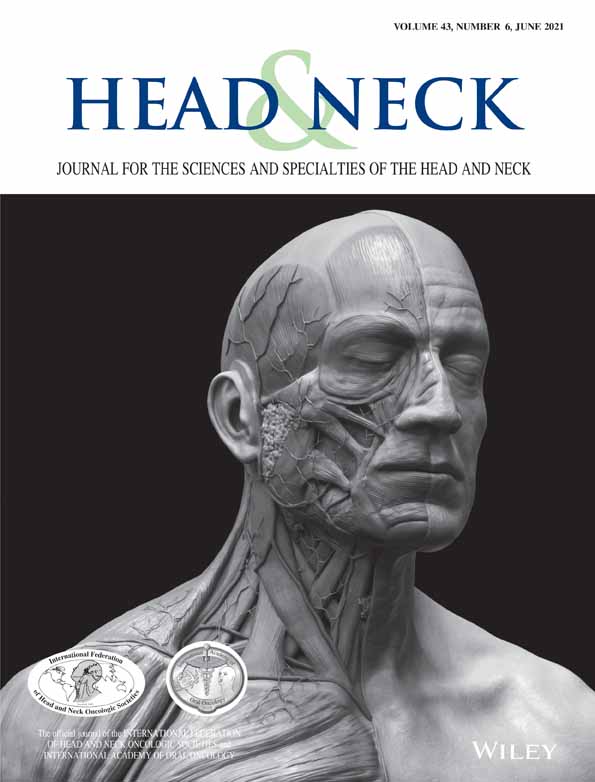Endoscopic transorbital ligation of the maxillary artery through the inferior orbital fissure
Abstract
Objective
Determine the feasibility of accessing the internal maxillary artery (IMA) through a transorbital endoscopic assisted approach through the inferior orbital fissure (IOF).
Materials and Methods
Six adult cadaveric specimens were injected intravascularly with colored latex and dissected on 12 sides. A transorbital endoscopic approach was used to expose the IOF and reach the IMA.
Results
The average length and width of the anterolateral segment of the IOF were 7.3 and 4 mm, respectively, on the right side and 6.7 and 3.8 mm, respectively, on the left side. Surgical exposure and modification of the IOF allowed the exposure and control of the IMA in all 12 sides.
Conclusions
The IOF is a feasible portal to the IMA. The benefits of this approach include vascular control of the distal segment of the maxillary artery. It may provide access in clinical scenarios where endonasal access is not possible (e.g., extensive tumors) or serve as an alternative or complementary surgical route (e.g., control during a total or radical maxillectomy).
CONFLICT OF INTEREST
All other authors declare no conflict of interest.
Open Research
DATA AVAILABILITY STATEMENT
The data that supports the findings of this study are available in the supplementary material of this article




